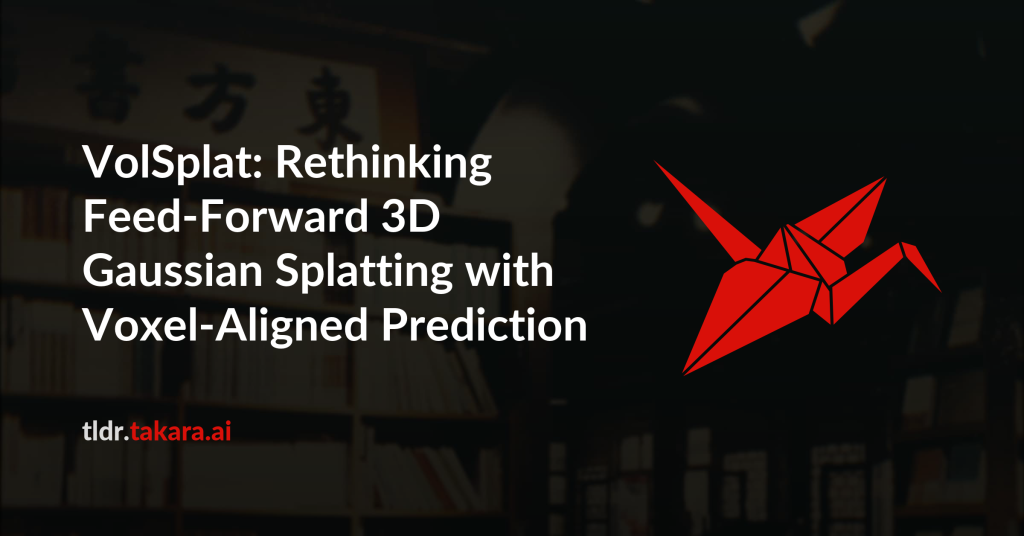Feed-forward 3D Gaussian Splatting (3DGS) has emerged as a highly effective
solution for novel view synthesis. Existing methods predominantly rely on a
pixel-aligned Gaussian prediction paradigm, where each 2D pixel is mapped to a
3D Gaussian. We rethink this widely adopted formulation and identify several
inherent limitations: it renders the reconstructed 3D models heavily dependent
on the number of input views, leads to view-biased density distributions, and
introduces alignment errors, particularly when source views contain occlusions
or low texture. To address these challenges, we introduce VolSplat, a new
multi-view feed-forward paradigm that replaces pixel alignment with
voxel-aligned Gaussians. By directly predicting Gaussians from a predicted 3D
voxel grid, it overcomes pixel alignment’s reliance on error-prone 2D feature
matching, ensuring robust multi-view consistency. Furthermore, it enables
adaptive control over Gaussian density based on 3D scene complexity, yielding
more faithful Gaussian point clouds, improved geometric consistency, and
enhanced novel-view rendering quality. Experiments on widely used benchmarks
including RealEstate10K and ScanNet demonstrate that VolSplat achieves
state-of-the-art performance while producing more plausible and view-consistent
Gaussian reconstructions. In addition to superior results, our approach
establishes a more scalable framework for feed-forward 3D reconstruction with
denser and more robust representations, paving the way for further research in
wider communities. The video results, code and trained models are available on
our project page: https://lhmd.top/volsplat.

